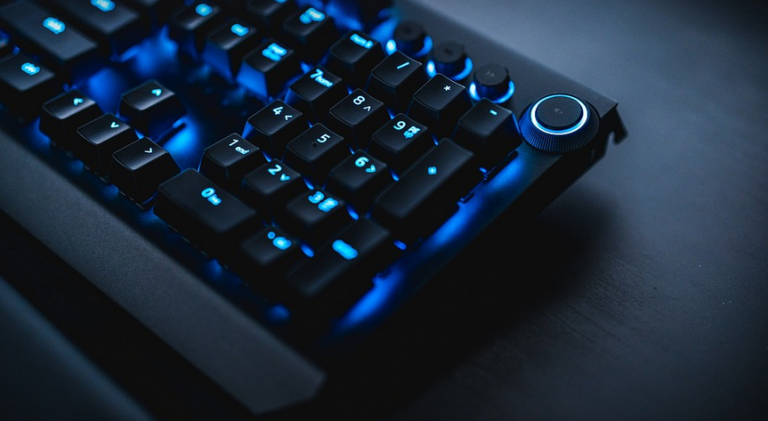What is a Halibut and Why Do You Need Special Gear?
Halibuts, those majestic flatfish that grace our ocean shores, are truly challenging adversaries on the fishing line. They’re known for their hefty size, strong fight, and impressive resistance to conventional tackle. To land these giants, you need a special kind of fishing line—strong, durable, and designed to withstand their fierce pull.
Understanding Halibut Specific Fishing Line
Halibut fishing calls for a specific type of fishing line known as “heavy-duty” or “high-test.” These lines are significantly stronger than standard monofilament or fluorocarbon lines due to specialized construction techniques and materials. Their high tensile strength, often measured in pounds per square inch (psi), allows them to handle the immense pressure exerted by a large halibut when it fights.
These lines are typically made from braided nylon or high-performance monofilament. Braided lines offer exceptional abrasion resistance, making them ideal for rough saltwater environments where sharp rocks and kelp might snag your line. Monofilaments, known for their flexibility and smooth casting, also add to the long-lasting strength of your fishing experience.
Choosing the Right Line Weight
The weight of your fishing line is crucial in determining its effectiveness against halibut. Halibut tend to be larger than many other fish species you might encounter. You’ll want a heavy-duty line that matches the size and power potential of the fish you’re targeting.
For example, if targeting small halibut (20-40 lbs) in deeper water, a 60-pound test to 80-pound test monofilament or braid would be suitable for the task at hand. However, when tackling bigger halibut (50-100 lbs or more), opt for lines ranging from 100-200 pounds of strength. It’s essential to select a line that matches the size and power of your target fish.
Beyond Line: Essential Gear for Halibut Fishing
Fishing for halibut is an exciting endeavor, but it requires more than just the right line. Here are some additional gear considerations to enhance your fishing experience:
* **Rods:** Halibut fishing necessitates strong and sturdy rods designed for heavy-duty pulling. Look for rods with a high breaking strength—typically around 150-200 pounds—and a fast action, allowing for smooth casting and powerful strikes.
* **Hooks:** Select hooks that are appropriately sized for your target size of halibut. Use sharp hooks for efficient hook-setting and to maximize catches. A variety of sizes will prove most helpful in this endeavor.
* **Reel:** A sturdy reel is crucial, especially when battling large fish like halibut. The reel should be large enough to hold a substantial line and allow for smooth reeling during the fight.
Techniques for Success: Mastering the Art of Halibut Fishing
Catching halibut requires more than just proper gear and selection; mastering techniques is key!
**Fishing at Depth:** Halibut typically inhabit deeper waters. Use a downrigger or trolling equipment to reach their preferred depths and target them effectively.
**Live Bait vs. Lures:** Halibut are often attracted by live bait like squid, shrimp, or herring. Live bait provides natural movement that triggers the fish’s predatory instincts.
**Rigging for Success:** Experiment with different rigging techniques to find what works best for you. Use a circle hook to minimize damage to the fish and ensure smooth release when they fight back.
Patience is Paramount: Respecting Halibut
Remember, halibut are majestic creatures that deserve our respect. Always handle them carefully once secured. Follow sustainable fishing practices, using barbless hooks to reduce any potential harm to the fish and ensuring a clean release.
Halibut fishing is an adventure, requiring precision and patience. But with proper preparation, knowledge, and respect for these magnificent creatures, you’ll have an unforgettable experience that brings joy, thrill, and memories of a lifetime.















